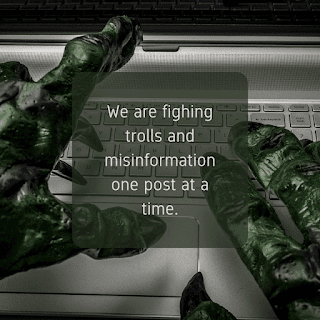Leadership is a complex subject to discuss in a business setting. Many people wrongly believe that leading others is an inborn trait. Others have backward views about who should be in positions of leadership. Over the years, I have discovered that leadership is like any other skill; it must be practiced. Today, I want to cover a simple craft that gets lost in gigantic organizations and improve your leadership skills – communication.
I pointed out an article in Forbes magazine saying managers need a better job description. The main argument of the blog is contemporary organizations discourage the creation of leaders because of the ambiguous nature of the information within their corporate cultures. The decisions have to be correct instead of fast. Paralysis forms because no one wants to stick out and call attention to themselves in this environment. In the current global economy, it is a prescription for failure because market conditions are changing faster than the decisions process in many organizations.
Personal initiative, taking responsibility for decisions, and taking action when required are discouraged in organizations with this retrograde culture: another characteristic that suffers is communication. In an unhealthy organization, managers do not want to hear bad news from subordinates. Unhealthy organizations also discourage the free flow of information. Information comes from the top of the organization and filters down to employees.
Organizations with a more healthy culture embrace the value in the agile manifesto, which prefers “Individuals and Interactions, over processes and tools.” Thus, information moves both up the hierarchy of the organization and down. The terrible news is communicated accurately, and leadership acts on it. Finally, we see fewer meetings and more action taken by people doing good communication.
It means having a rapport with your development team as a product owner. A good product owner acts as a bridge between the business and the development team. As part of the job, you need to regularly communicate with the organization and the software customers. It is vitally important to communicate with the development team.
Writing user stories and giving them to the development team is only part of the job. The developers have questions, so you need to be available to answer those. Finally, the development team is a source of valuable information for other development teams. Often front-end developers need direction from other teams who write APIs or middleware. On large enterprise projects, you can ask your developers to answer questions for different groups. A product development team can answer a simple question then share that information with other groups. Even better, they can facilitate a face-to-face meeting to share information.
Traditional project management approaches treat information communication as a one-direction process. The people doing the work communicate the progress, and then the project manager acts as a scorekeeper. Agile requires communication to be a two-way street where information moves both up and down the chain of command so that people can make educated decisions. In an agile organization, secrets and unshared information are risks that undermine a project.
Communication is not easy. It takes effort and humility to listen to others, particularly those with less power. Listening and conveying information helps avoid surprises. Learn about your team, and get to know them as people. Take time to listen and accept bad news when it is delivered. It takes practice, but anything worth doing requires effort.
Until next time.



